|
Missouri has several big rivers flowing through it, including the Mississippi River and the Missouri River, as well as several large reservoirs. Big rivers (and therefore big reservoirs connected to those rivers) are home to some fairly large species of fish that grow to over 100 pounds (45 kg). In my opinion, one of the strangest of these fish is the paddlefish. What the heck is a Paddlefish? Paddlefish are unusual in that they are Chondrostean fish. This means they are mostly cartilaginous (cartilage skeleton instead of bone), but still they have a small amount of bony tissue. You may know that the true cartilaginous fish include sharks, rays, and skates, whereas bony fish include most of the other fish we are familiar with. The paddlefish lies somewhere between. Paddlefish have smooth skin, without scales. Paddlefish are considered primitive fish, which means they have not changed significantly for a long time. In fact, they have not changed much at all from the earliest known paddlefish fossils, which are 120 to 125 million years old. Only one living species remains, the American paddlefish, and it lives in the Mississippi River basin of North America. There was another species until recently, the Chinese paddlefish, but unfortunately that species was declared extinct in 2019. The two images below show what the Chinese paddlefish looked like. Amazing Facts about the Paddlefish Perhaps the paddlefish's most impressive feature is that long, spatula-like bill, which is called a rostrum. In fact, another name for paddlefish is spoonbill. So, what the heck is that bill for? First, it's important to understand that paddlefish are plankton eaters. They feed almost entirely on zooplankton (tiny animals suspended in the water). For many years, scientists suggested that the paddlefish used its long bill to swish back and forth in the mud at the river's bottom to stir up a bunch of plankton. It was also suggested that it was somehow used to navigate through the muddy water. However, research with electron microscopes in the 1990s revealed that the rostrum is covered with tens of thousands of tiny electroreceptors. These receptors are so sensitive that they can detect the smallest movement of zooplankton in the water. They can even detect the movement of a single leg of some of the smallest (almost-microscopic) swimming arthropods (such as a water flea). Amazingly, these electroreceptors are so sensitive that they can detect signals of less than 1/100th of one 1-millionth volt per centimeter. This is literally a superpower. So, that paddle-like bill tells the paddlefish when it is swimming through a cloud of zooplanton. The paddlefish will then open its mouth as it swims forward, and thousands of tiny animals get filtered from the water by thin filters on the gills called gill rakers. One more interesting tidbit about this impressive rostrum. When metal objects are placed in a paddlefish's swim path, they easily avoid them, even in the dark. However, when plastic objects are placed in their path, they collide with them. Hmm... so, the rostrum helps paddlefish navigate some of the time but not all the time. It seems to me the research would be more meaningful by studying the fish's ability to avoid natural objects like rocks, but I couldn't find that data anywhere. Check out this video about paddlefish. Fun fact: In 1997 Missouri designated the paddlefish as the state’s official aquatic animal. The paddlefish has a third eye on top of its head. This third eye does not see images, but it detects changes in light level, which helps the fish know when it is day and night. Many states in the US, including Missouri, have initiated paddlefish breeding and stocking programs. Tens of thousands of young paddlefish are released in rivers and reservoirs each year. Part of the reason for this is that many of the rivers in the Mississippi River basin have been dammed in efforts to control severe flooding, to generate electricity, and to provide recreational reservoirs. These dams prevent paddlefish from spawning on most of these rivers, and therefore the only new paddlefish in these rivers are the fingerlings that are stocked annually. Young paddlefish are not strong swimmers, therefore they grow fast their first year, which reduces the chance of being eaten by predators. By the end of their first year, young paddlefish are about 12 inches (30 cm) long. After that, their growth slows down. By the time they are 5 years old, they grow only about 2 inches (5 cm) per year. They can live up to 30 years, eventually weighing over 100 pounds (45 kg). To give you an idea of their size, below is a photo of the world record paddlefish caught in Oklahoma (it was released after weighing). The fish weighed 146.7 pounds (66.5 kg). NOTE: Fishing for paddlefish is strictly regulated, with limits and a brief season, in order to avoid overfishing. Most of the fish caught are those that were stocked by state wildlife agencies during the past decades. Fishing is only allowed in those waters where paddlefish are abundant. So, the Paddlefish deserves a place in the P.A.H.O.F. (Prizewinning Animal Hall of Fame). FUN FACT: The word prize, with the meaning of "that which is obtained or offered as the reward of exertion or contest," originated in the 1300s. The Middle English word at that time was prise. The spelling with a "z" (prize) originated in the 1500s. The noun prizewinner didn't appear until about 1890, with the meaning "a person or thing that wins a prize or is deserving of a prize." Eventually, the adjective prizewinning became a common word to describe anything that is spectacular. Example: Stan writes prizewinning novels. So, prizewinning is another way to say awesome! Photo Credits:
Paddlefish #1, on green water background - Caviar Star Paddlefish on white background - DepositPhotos Chinese paddlefish photo - Wei Qiwei, CC BY-SA 3.0 via Wikimedia Commons Chinese paddlefish illustration - Wikimedia Commons Paddlefish feeding with mouth open - Garrison Dam National Fish Hatchery. Fish and Wildlife Service. U.S. Department of the Interior., Public domain, via Wikimedia Commons Fingerling paddlefish at hatchery - USFWS Mountain-Prairie, Public domain, via Wikimedia Commons World record paddlefish - Jason Schooley/ODWC via Wate.com
2 Comments
Richard
6/13/2021 11:15:29 pm
Hi Mr Smith,
Reply
Rose Marie
6/23/2021 06:18:49 am
I did not know Missouri had a state aquatic creature. The paddlefish is a good choice. Strange and lovely.
Reply
Leave a Reply. |
Stan's Cogitations
Everyone needs a creative outlet. That's why I write. Archives
April 2024
|

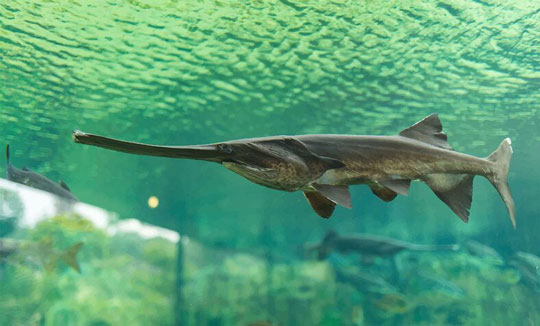
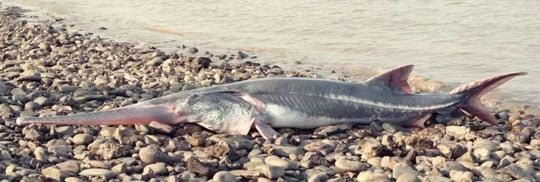

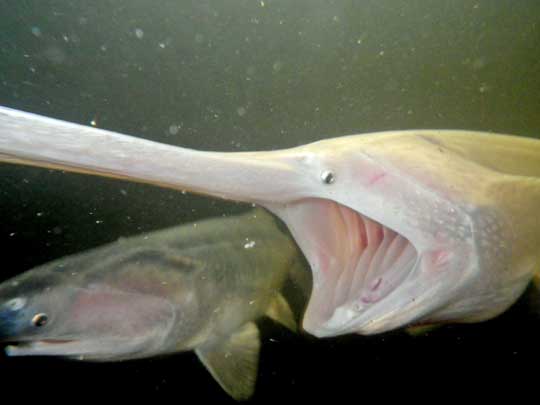
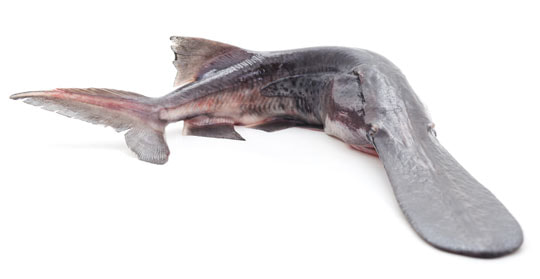
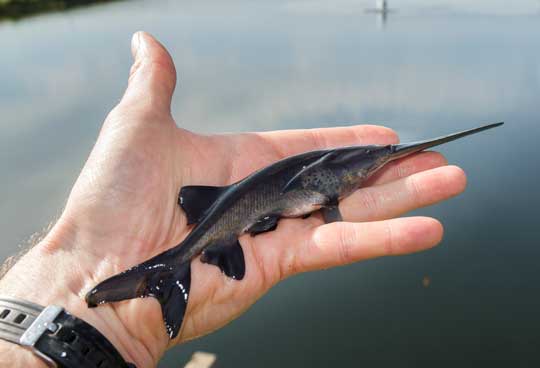
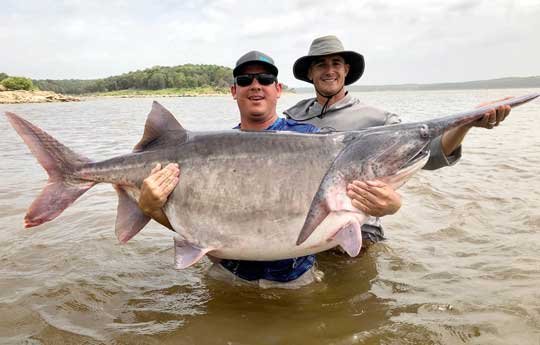
 RSS Feed
RSS Feed